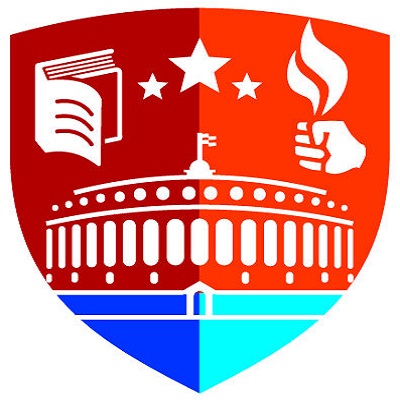General Studies – II
Polity
1) Using the legal remedies to limit exploitation of nature is at the core of a democracy. Do you agree with this view? Comment (200 Words)
Refer - The Hindu
Health
2) With its G-20 presidency, India has another historical opportunity to build a global health architecture to eliminate tuberculosis. Explain (200 Words)
Refer - The Hindu
General Studies – III
Economy
3) Do you think the Central government has been conscious of the resource needs of the states? Comment (200 Words)
Refer - Business Line
Enrich the answer from other sources, if the question demands.

IAS Parliament 2 years
KEY POINTS
· The Central Bureau of Investigation (CBI) has registered a case against Legal Initiative for Forest and Environment, for violating Foreign Contribution (Regulation) Act (FCRA) provisions.
· The gist of the allegations is their using foreign funds to encourage litigation that will stall existing and prospective coal-fired plants in India.
· As a signatory to the UN Framework Convention on Climate Change and various key agreements, India has undertaken to gradually reduce its reliance on fossil fuel sources and be ‘net zero’, or source almost all power from non-fossil fuel sources by 2070.
· However, under principles of ‘Common and Differentiated Responsibility’, India has maintained its right to rely on coal plants in the interim as it is still a developing economy.
· India has 28.5 GW of coal power capacity planned and 32 GW of plants are under construction.
· The commissioning of many has been delayed due to insufficient environment clearances, land acquisition, and redevelopment and rehabilitation-related problems.
· These, however, follow from rulings by the National Green Tribunal or from a lack of adherence to norms prescribed mainly under provisions of the Environment Protection and related legislation.
· Using legal remedies to limit the industrial exploitation of nature and ensuring just compensation is at the core of a civilised democracy.
KEY POINTS
· India has made significant progress in its efforts to end TB. India’s National TB Elimination Programme, or the NTEP (previously known as the Revised National Tuberculosis Control Programme, or RNTCP).
· Further, novel approaches including engagement with the private sector, launch of social support provisions and introduction of diagnostic tools and new drug regimens, have improved TB management.
· The Mission COVID Suraksha programme to develop vaccines was a good example of a public-private partnership, with clear goals and outcomes.
· It is possible, therefore, to strengthen and expand research and development efforts for TB, to develop new tools that will help India (and other developing countries) meet the End TB targets.
· While COVID-19 vaccines were developed within a year, we must prioritise and pick up the pace to find an effective TB vaccine.
· There are currently over 15 TB vaccine candidates in the pipeline; we must ensure that their clinical trials are prioritised to assess their efficacy in various community settings and for different target groups.
· The COVID-19 pandemic proved India’s apt title: pharmacy of the world. Our scientific ingenuity during the pandemic has cemented our position as pioneers in innovation in the life sciences.
KEY POINTS
· Centre-State resource transfers have been a subject of considerable debate. It has been argued that there has been a certain encroachment by the Centre into the domain of the States.
· However, the data suggest that transfers to the States have by and large has been fair. That said, there are cases of some States not getting their due.
· The actual transfers peaked at 36.7 per cent (but below the mandated 42 per cent) in 2018-19 and moderated to its lowest level of 27.4 per cent during the pandemic period of 2020-21.
· The average growth rate of transfers at 14.3 per cent has been significantly higher than the gross revenue receipts of 12.1 per cent.
· While the issue that the centrally sponsored schemes pre-empt State resources and affect their allocative priorities is difficult to be resolved, the transfers relative to the revenue of the Centre have not moderated.
· Despite overall transfers having buoyancy exceeding one, inter-State transfers do indicate that some States were affected adversely.
· The Centre, despite resorting to cess and surcharge to avoid these being included in mandatory tax transfers as entitlements, has nonetheless, been conscious of resource needs of the States.